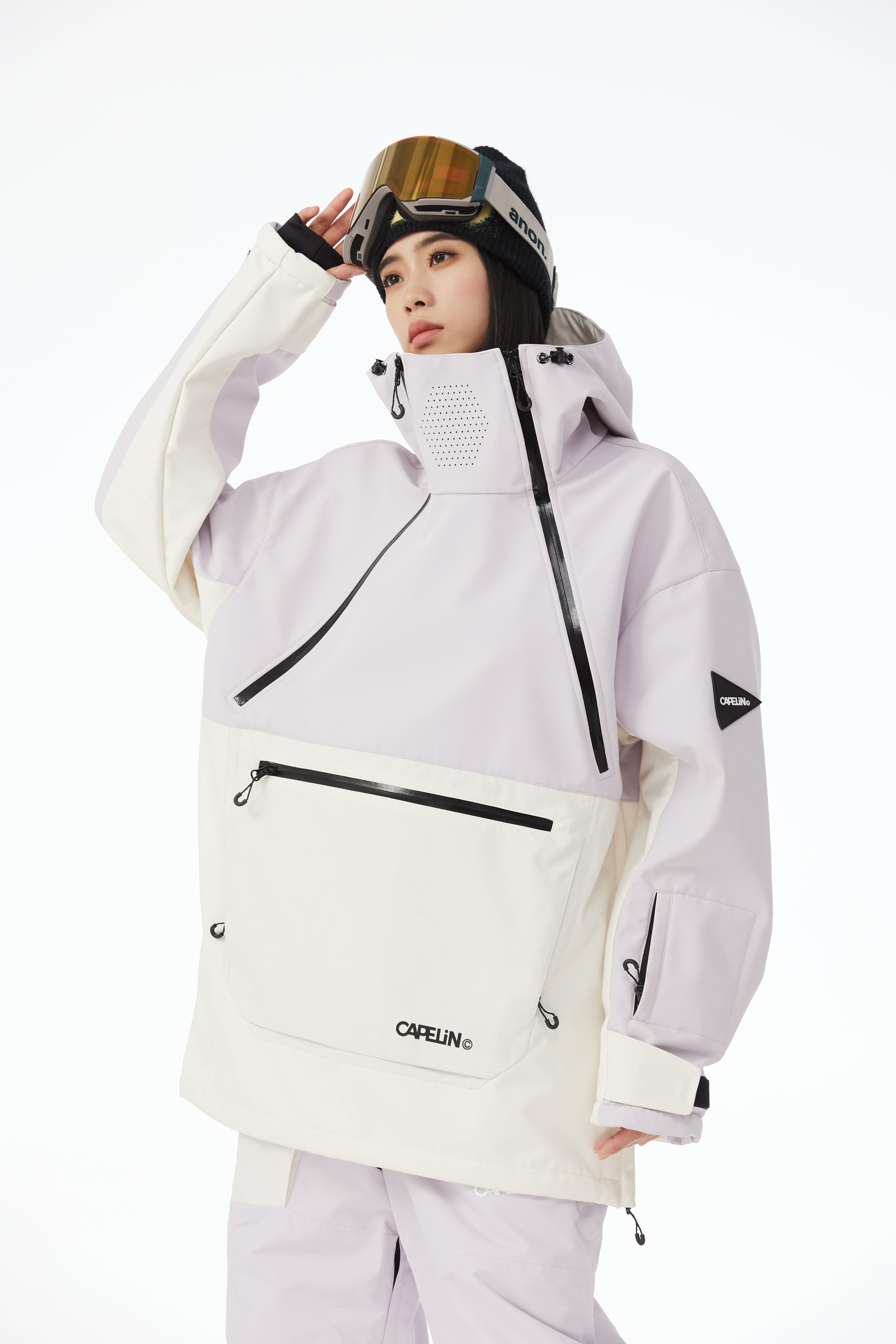Introduction
A high-quality waterproof jacket is an essential piece of gear for outdoor enthusiasts, whether you're hiking in the rain or braving a snowy slope in your waterproof winter jacket. But even the best waterproof jacket won’t stay effective forever. Over time, its water resistance weakens, leaving you damp and uncomfortable. So, how do you restore its performance? Here’s everything you need to know about how to make a jacket waterproof again—and how to keep it that way.
Contents
● How does waterproof jacket work
● What is the difference between waterproof and water repellent?
● Why does the jacket need to be waterproofed again?
● How to make a jacket waterproof again
● How to Maintain Your Jacket After Waterproof Reproofing
How Does a Waterproof Jacket Work?

A true waterproof jacket relies on two key components:
1. A Waterproof Membrane – Most high-end jackets (including female waterproof jackets) use membranes like GORE-TEX or eVent. These have microscopic pores small enough to block liquid water but large enough to allow sweat vapor to escape, keeping you dry from both rain and perspiration.
2. DWR (Durable Water Repellent) Coating – This is the outer layer’s treatment that makes water bead up and roll off. Without it, the fabric can saturate, making the jacket feel wet even if the membrane still blocks water.
What is the difference between waterproof and water repellent?

● Waterproof means no water penetrates the fabric, thanks to the membrane. Even in heavy rain, a waterproof winter jacket should keep you completely dry.
● Water Repellent (DWR) is a surface treatment that helps water bead up. If this wears off, the jacket’s outer layer soaks through, reducing breathability and making the jacket feel clammy.
Many people mistake a failing DWR for a failing jacket—but often, how to make a jacket waterproof again just means reapplying this coating. Even if the coating failed, you are still dry becasue the jacket is still "waterproof" but not "water repellent".
Why Does a Jacket Need to Be Waterproofed Again?

Even the best waterproof jacket will lose its DWR over time due to:
● Washing & abrasion – Detergents and friction wear down the coating.
● Dirt & oils – Sweat, sunscreen, and grime clog the fabric’s pores.
● Age & UV exposure – Sunlight and time degrade the treatment.
When water stops beading and the fabric absorbs moisture, it’s time to restore your female waterproof jacket (or any other model) with a fresh DWR treatment.
How to Make a Jacket Waterproof Again
Method 1: Wash-In Waterproofing (Best for Full Restoration)
1. Clean the jacket – Use a technical cleaner (like Grangers or Nikwax) to remove dirt.
2. Add wash-in DWR – Pour a waterproofing solution (e.g., Nikwax TX.Direct) into the washing machine.
3. Wash & dry – Run a gentle cycle at 30°C (86°F), then tumble dry on low heat to reactivate the DWR.
Method 2: Spray-On Waterproofing (Quick Fix)
1. Clean & dry the jacket – Ensure no dirt remains.
2. Spray evenly – Hold the DWR spray (like Grangers Performance Repel) 15cm away and coat the fabric.
3. Dry properly – Tumble dry or iron on low heat to set the treatment.
How to Maintain Your Jacket After Waterproof Reproofing

● Wash sparingly – Only clean when necessary, using DWR-safe detergents.
● Avoid fabric softeners – They clog the membrane and strip DWR.
● Reapply DWR yearly – More often if you use your waterproof winter jacket frequently.
● Store properly – Hang in a cool, dry place—never crammed in a backpack.
Conclusion:
A waterproof jacket is an investment, and maintaining it ensures years of reliable use. Whether you own a rugged waterproof winter jacket or a sleek female waterproof jacket, knowing how to make a jacket waterproof again will keep you dry in any storm. With proper care, even the best waterproof jacket will stay in peak condition for all your adventures.
Pro Tip: Check your jacket’s care label before reproofing—some modern eco-friendly membranes require specific treatments!
FAQ:
Q: How can I tell if my waterproof jacket needs reproofing?
A: When water stops beading up on the surface (fabric absorbs water instead), the outer layer feels noticeably wet and heavy, or the jacket feels stuffy and less breathable in rain, it means the DWR coating has worn off and needs to be reapplied. Regular water beading tests help identify issues early.












